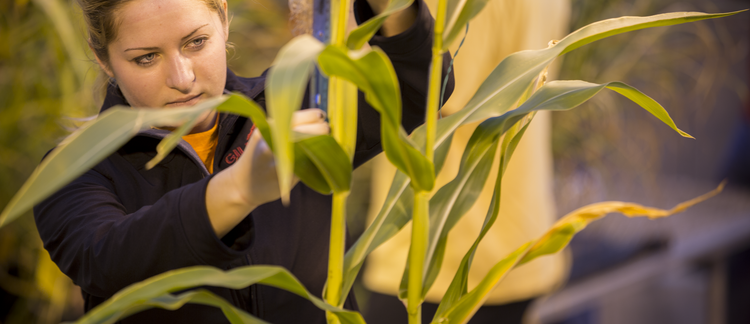Abstract
Iowa State University (ISU) interpretations for soil-test potassium (K) and fertilizer recommendations were updated in 2002. However, additional research is needed to confirm or continue improving the recommendations. The most significant change in the recommendations was to increase the soil-test K levels suggested for optimum crop production. The new interpretation classes (Very Low to Very High) and recommendations are explained in the ISU Extension publication Pm-1688, so details are not provided here. For example, the range of soil-test K values previously classified as Optimum (for which maintenance K fertilization is recommended) was 91 to 130 ppm (by the ammonium-acetate or Mehlich-3 K tests), but now this range is classified as Low and a higher K fertilization rate is recommended.
How to Cite:
Mallarino, A. P., Barbagelata, P. A. & Van Dee, K., (2005) “Potassium Fertilization Effects on Soil-Test Potassium and Yields of Corn and Soybeans”, Iowa State University Research and Demonstration Farms Progress Reports 2004(1).
Downloads:
Download pdf
View PDF

